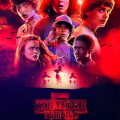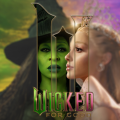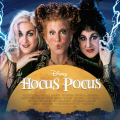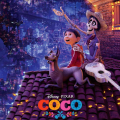From Teaser Backlash to Fan Triumph: The Minecraft Movie Journey
- Jan 06, 2025
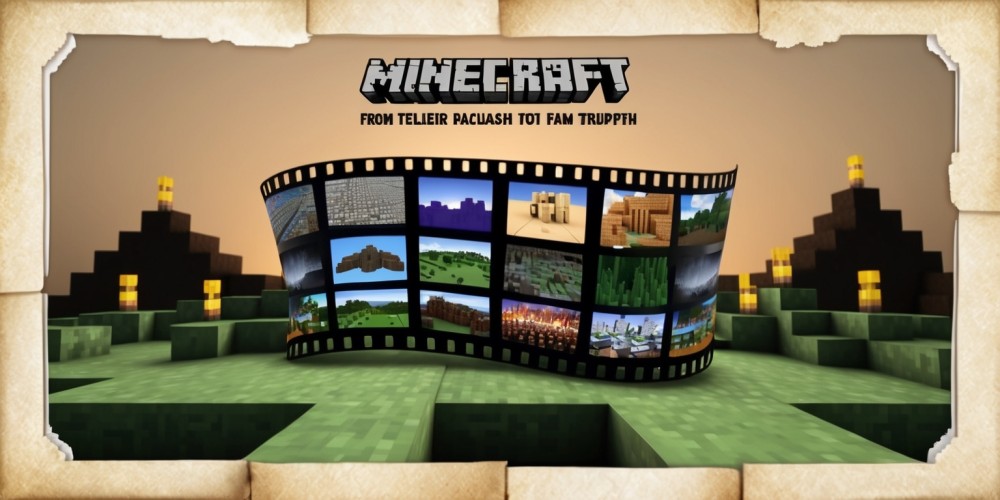
In a world where fan engagement plays an increasingly vital role in the success of movies, the backlash against the Minecraft live-action movie teaser has ignited passionate discussions among fans. The anticipation for this project has been palpable, particularly featuring prominent figures such as Jason Momoa and Jack Black involved. However, the initial teaser has received significant criticism, which has led to an innovative fan response—an animated version that resonates much more with the community's expectations. This article explores the intricate dynamics behind this phenomenon, examining what went wrong with the official teaser and why the fan-generated alternative has become a shining example of collective creativity.
A Familiar Struggle with Adaptations
The challenges of adapting beloved video games into films are not new. Fans have often pointed out how these interpretations can sometimes miss the mark, losing the original charm and appeal. This tension is at the forefront of the discourse surrounding the Minecraft movie, as fans have expressed their dismay that the teaser fails to evoke the essence of the game that they know and love.
Backlash Echoes Past Experiences
Reminiscent of the Sonic the Hedgehog debacle, the Minecraft teaser's reception serves as a reminder of the influence fans can wield. The initial portrayal of Sonic was met with widespread ridicule, forcing the studio to return to the drawing board. Such experiences highlight the importance of understanding audience sentiment in the film industry.
Minecraft's Lasting Impact
Minecraft has evolved beyond merely being a game; it has transformed into a cultural sensation. Since its rise to popularity, the game's vast community has woven intricate stories, created unique mods, and shared an unwavering passion for the pixelated world. This legacy made fans keenly aware of any deviations from the source material.
The Layers of Minecraft's Appeal
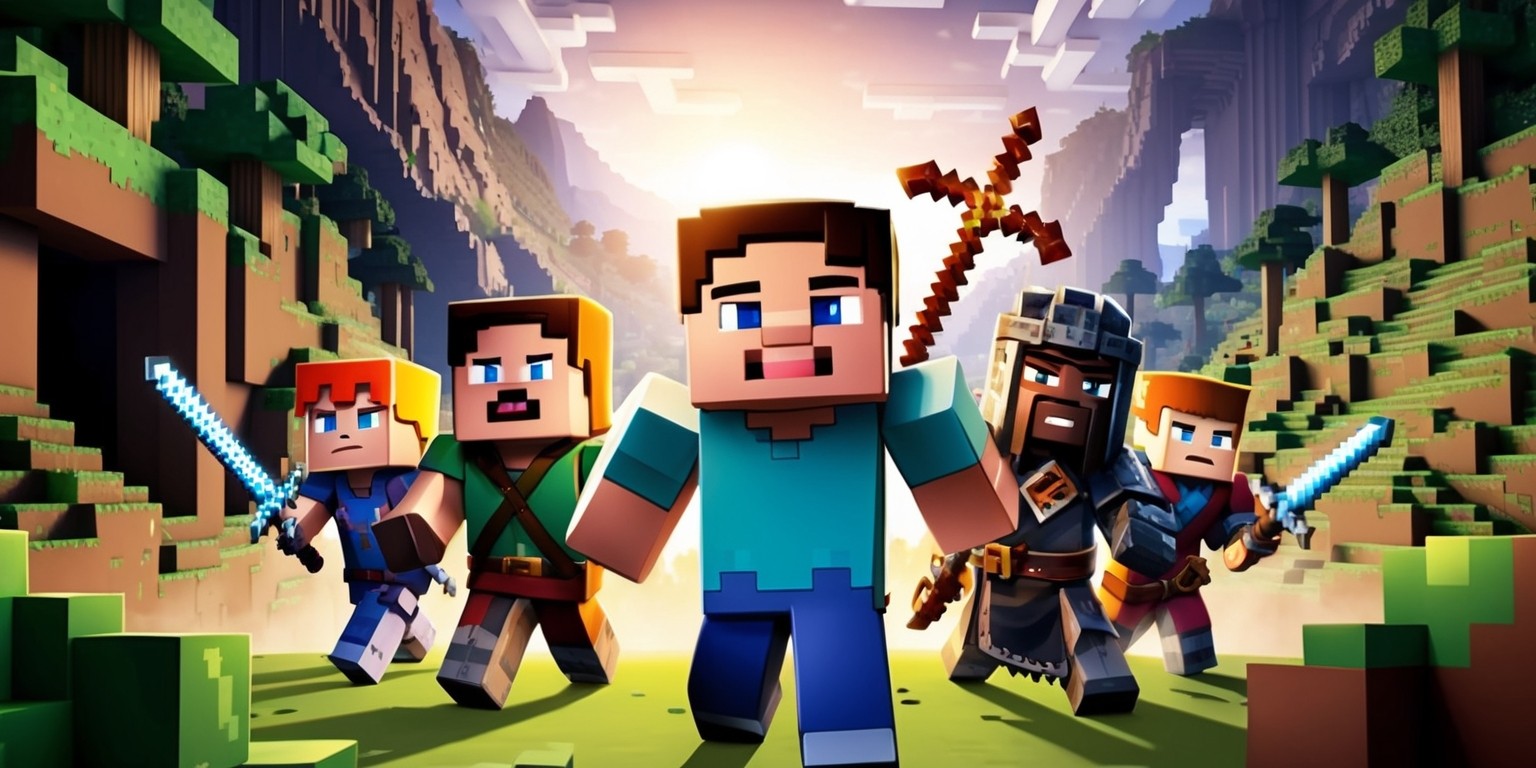
The richness of Minecraft's universe stems from not only its gameplay but also its community involvement. From build videos to fan theories, the social aspect of the game has drawn in a wide variety of participants, spanning from young kids to adults—who all share a common enthusiasm for exploration and creativity.
The Disconnect of the Teaser
The recent teaser unfortunately leaned heavily towards a demographic of younger audiences, neglecting the long-time, dedicated fans who have invested years into the game. This misjudgment has led to a significant disconnect, leaving many loyal audience members feeling overlooked and frustrated.
Disappointing Reception on YouTube
In today’s digital age, immediate feedback is a reality that studios can't ignore. Reports indicate that the teaser accumulated an alarming 1 million dislikes on YouTube. This stark number is more than just an indication of poor reception; it reflects a larger issue of failing to engage with a vibrant community.
The Power of Fan Creations
Amid this turmoil, a glimmer of hope emerged: a fan-created animated version of the trailer. This animation has captivated audiences with its colorful and faithful representation of Minecraft's aesthetic. Unlike the live-action attempt, this adaptation embraces the game’s signature blocky style, evoking a sense of familiarity and nostalgia.
Why Animation Resonates More
Animation has consistently occupied a cherished position in the affections of gamers, particularly when adapted from a video game with a distinct art style. The fan-made trailer does not shy away from the unconventional design choices that define Minecraft, which makes it more relatable to its audience and allows for an immersive experience.
Examining Warner Bros’ Strategy
The choices made by Warner Bros in the adaptation process have been a source of criticism. The studio's inclination toward inserting well-known actors has created a scenario where the authenticity and spirit of the original game may be compromised in favor of star power. This approach invites reflection on the equilibrium between financial achievement and honoring the source material.
Creating a Sense of Authenticity
A central concern for many fans is the lack of authenticity in the live-action trailer. Rather than a faithful homage to the Minecraft world, the teaser feels more like a generic fantasy film. This inconsistency has left fans yearning for a more genuine representation that resonates with their shared experiences within the game.
Moving Forward: Lessons from the Fallout
The backlash from the teaser should serve as a wake-up call for large studios like Warner Bros. Genuine engagement with fan bases and recognizing their desires can result in more successful adaptations. History has shown that when fans speak up, studios can—and often should—listen.
The Anticipation for a Final Product
Despite the missteps with the teaser, there remains hope for the upcoming Minecraft film set to release on April 4, 2025. Fans have expressed that if the studio takes their feedback seriously, the film could turn into a worthy adaptation that celebrates Minecraft's rich legacy.
A Timeline of Anticipation
With years of anticipation building up, fans have invested their hopes and expectations into this upcoming project. The dedicated community has waited for a Minecraft movie long enough, and they deserve an experience that reflects their passion for the game and its expansive universe.
Conclusion: A Call for Transformation
In conclusion, the reaction to the Minecraft live-action movie teaser is a clear signal from the fans. It highlights an essential lesson that adapting beloved games requires a careful balance between creative interpretation and fidelity to the source material. Moving forward, it is crucial for studios to embrace fan feedback and harness the power of community creativity, as exemplified by the fan-made animated trailer. This collaboration could lead to a transformation of the way adaptations are approached, ensuring that they honor the rich histories and passionate fanbases behind some of the world’s most cherished games.
